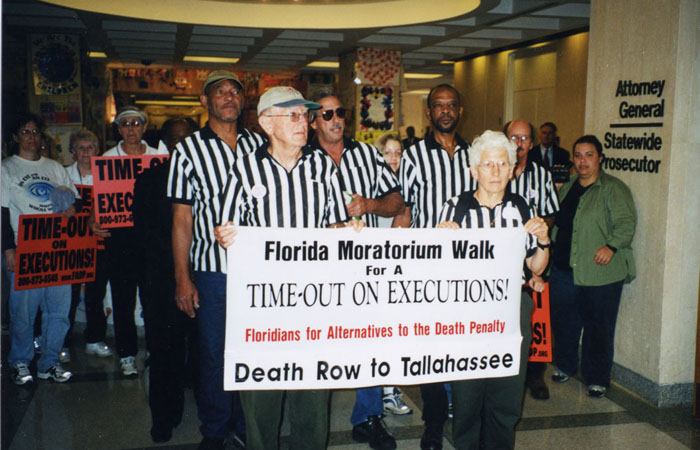Collections : [National Death Penalty Archive]
National Death Penalty Archive
Researchers, writers, activists, and records on capital punishment in the United States.
Search Constraints
Start Over You searched for: Online Content Online Content Remove constraint Online Content: Online Content Collecting Area National Death Penalty Archive Remove constraint Collecting Area: National Death Penalty Archive Date range 1900 to 1924 Remove constraint Date range: <span class="from" data-blrl-begin="1900">1900</span> to <span class="to" data-blrl-end="1924">1924</span>Search Results
Documentation of Executions, 1730-2008, Undated 44.5 cubic ft.
This series comprises the bulk of Watt Espy's primary and secondary research and is therefore the largest in the collection. Initially, approximately half of these documentation of execution records were arranged in an organized fashion alphabetically by state, or by federal, military, tribal or international categories and then alphabetically by an individual's name. The others were not arranged in any discernable scheme with a significant amount of materials kept as unorganized loose documents in boxes. Espy marked some files as "not written up," but it was ultimately unclear how these differed from other records. After careful review, the archivists decided to combine all of the documentation of executions together, divided the records into five subseries for executions conducted by all 50 states and the District of Columbia, federal executions, military executions, indigenous executions, and international executions, and subsequently arranged and inter-filed all the loose materials.
